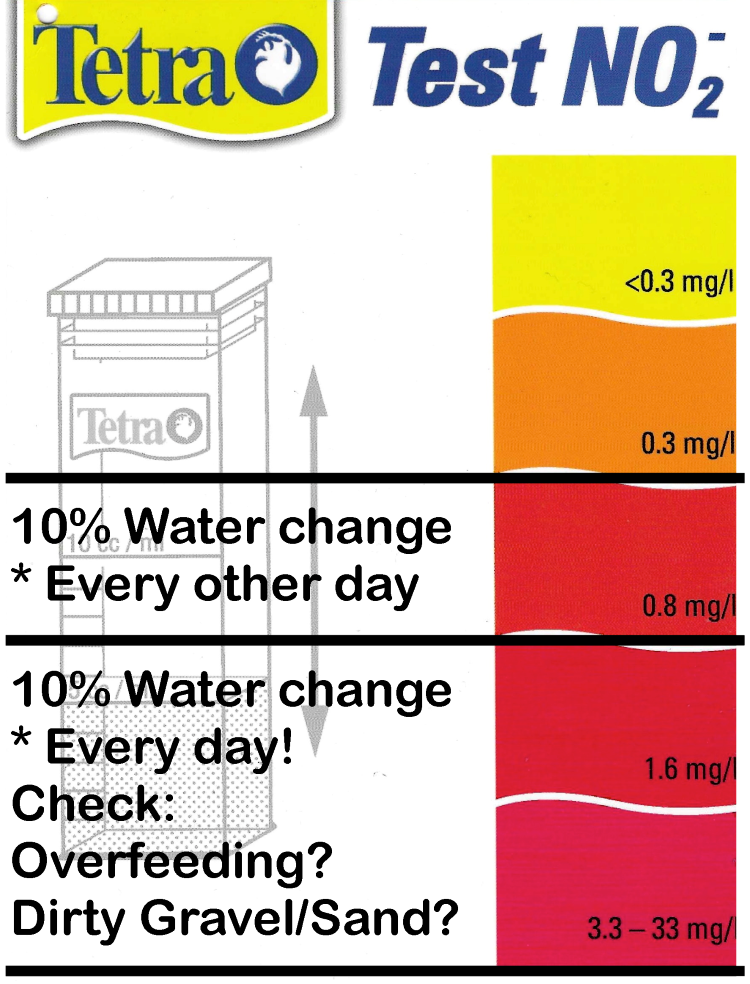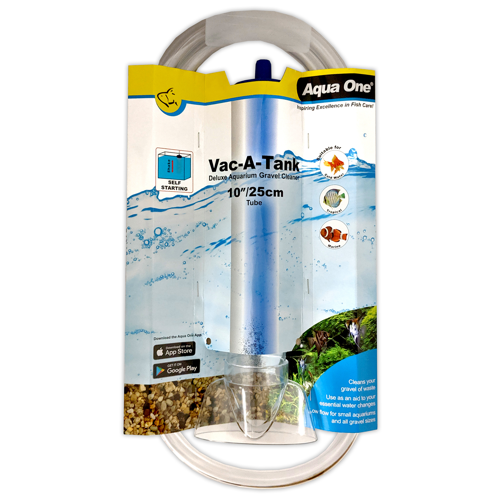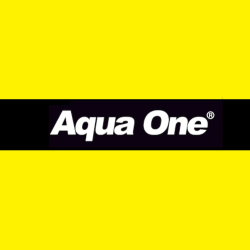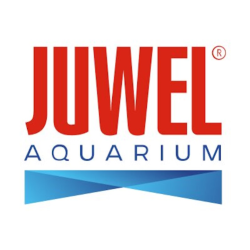
317 - 321 Hook Rise South | Surrey | KT6 7LS
020 8391 2613
Fish Care
Aquarium Set-up & Cycle
Setting up your new aquarium
- Choose a flat location for your tank, away from direct heat, light and noise sources, but close to a power outlet.
- Install the filter and heater (if you need one) using your tank’s instructions, then set the heater to the right temperature for your fish, but leave it all switched off.
- Wash any gravel and décor to remove dust, and arrange them inside the tank.
- Fill the tank up to halfway with water.
- Arrange any plants you’ve chosen, then fill the tank to full mark with water.
- Turn on the filter, heater and lights.
- Add in any appropriate water conditioner.
We recommend you wait 24 hours after setting up the tank to ensure that the water conditioner has mixed properly and that the water has heated to the correct temperature.
It is recommended that you do a KH (Carbonate Hardness) test before adding any fish, water that is too hard or too soft for your chosen fish type can be harmful to them. If required, add the appropriate buffer.
Introduction of Fish
When adding new fish, it is important to acclimatise them to your tank water.
It is recommended that you switch the lights off before introducing the fish and leave them off for the rest of the day.
They will be transported in sealed plastic bag/s. Siphon out enough water to make room for the bag/s before floating it on the surface of the tank for approximately 10 minutes, then open the bag/s and leave for another 10 minutes. After those 20 minutes, allow a small amount of tank water into each bag, repeat this process every ten minutes for the next hour. Now gently lift the bag and allow your new fish to swim out into their new home.
If required, top the tank back up with the siphoned water, if not required, throw away.
We recommend you only introduce a few fish (the bigger the tank the more you will need to add) to ‘kick-off’ the biological cycle.
Feed a very small amount of your chosen food once a day and every other day while going through the cycle.
Cycling your fish tank
 The nitrogen cycle is a natural process that helps break down toxic waste products into something less harmful for your fish.
The nitrogen cycle is a natural process that helps break down toxic waste products into something less harmful for your fish.
If you’re setting up a new fish tank, you’ll need to help create this cycle in the new aquarium.
The cycle allows good bacteria to grow in the tank, which act as a sort of biological filter for any waste your fish produce. Their wee and poo has high levels of deadly ammonia in it which, in a properly cycled tank, will be converted into nitrites and then into non-toxic nitrates.
There are three major stages that occur during a nitrogen cycle:
- Ammonia is introduced into the water through waste and uneaten food. This is toxic for your fish in high amounts.
- Bacteria starts to form which converts the ammonia into nitrites. These are still toxic, but are an important stage in the cycle.
- Nitrites build up and are then converted into nitrates by new bacteria. Nitrates are the end goal of the cycle that filter out the nasties in your water.
Creating a healthy nitrogen cycle in your new aquarium has no set time limit. Usually though, it will take a few weeks providing you regularly change the water and carefully monitor the water for toxins.
We recommend that you buy a Nitrite (No2) test kit to monitor the cycle daily and carry out 10% water changes as appropriate till the cycle is complete
Note: Remember to add dechlorinator to any new water you add to the tank, also, if you had to use a buffer to adjust the KH, hardness/softness of the water, you will need to monitor this too.
Click Here to download no2 Cycle sheet
Aquarium Care & Maintenance
Maintaining your aquarium
Once you’ve set up your new aquarium and introduced your fish, it’ll be important to maintain it so that they can thrive.
Maintaining your aquarium is uncomplicated, there are a few steps that you’ll need to complete either daily, weekly, or monthly.
Weekly:
 Add filter treatment You need to maintain the condition of your filter as this is what helps keep the water clean and healthy for your fish. For new tanks, you should add a treatment to your filter once a week following the instructions on the packet. A well-established tank or aquarium won’t require week-to-week treatment.
Add filter treatment You need to maintain the condition of your filter as this is what helps keep the water clean and healthy for your fish. For new tanks, you should add a treatment to your filter once a week following the instructions on the packet. A well-established tank or aquarium won’t require week-to-week treatment.- Change the water To maintain the health of your fish and the cleanliness of the tank, you should carefully siphon out around 10% of your aquarium’s water (the amount will depend on how many litres your aquarium is) and replace using the same temperature water as your tank water. Using a gravel cleaner helps to remove solid fish waste that builds up in the gravel.
- Test the water After changing your water, always test your kh a couple of hours after water change or the next day and add buffers if needed depending on your results.





